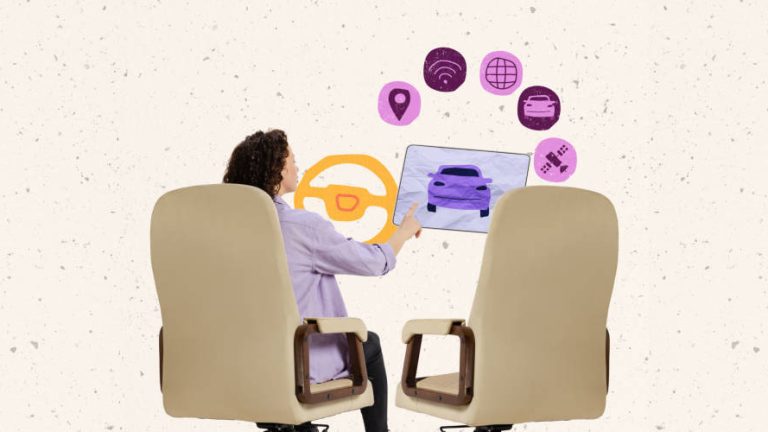Women in the mobility sector are comparatively less. More female representation is needed
By 2026, European corporate boards must have 40% female representation, under legislation that the European Commission adopted. Everywhere and at all levels, women are underrepresented and mobility is no exception. As mobility is a fundamental prerequisite for access to education, health, employment, and finance, it is possible to argue that improved female representation in the mobility sector can aid in addressing representation across various sectors.
Numerous studies have shown that men and women in the mobility sector have different needs for mobility, with the current system best meeting those of men.
Before autonomous vehicles may drive on our highways and streets, a long way must be travelled. Keeping the economy moving and moving forward still depends on drivers. Even in places where women were previously prohibited from operating motor vehicles, the gender gap is still evident despite the rising proportion of female drivers on our roads.
For instance, in the US, the proportion of female drivers increased from 13% in 2010 to 18% in 2019. Trucking businesses, public transportation providers, and ride-hailing services are all making efforts to balance the statistics.
For instance, the Volvo Group supports Iron Woman, a school for women who drive heavy-duty trucks. Additionally, the Chilean Ministry of Transport developed a number of initiatives to encourage women to work as bus drivers, including a yearly prize for the top drivers. The majority of drivers on ride-hailing platforms should be female, according to the industry. Uber recently announced a €1 million programme to encourage female drivers across Europe over the next two years.
Not only are women underrepresented in the driving population. To ensure the safety and well-being of drivers and passengers, specific ergonomics must be incorporated into vehicle design. Women appear to be at a higher risk of injury than men when operating the same vehicles under similar crash conditions.
This is primarily due to the fact that crash-test dummies are modelled on the typical man. Especially in transportation design where social factors may result in dangerous surroundings, women’s in-cabin safety and comfort are vital. 10% more women than males report feeling unsafe when travelling.
Using female designers and builders is one method to create vehicles that fit female bodies and promote women’s welfare more equally. The largest all-female factory in the world, Ola Electric Mobility, the two-wheeler manufacturing division of the Indian ride-hailing company Ola, opened its doors last year. The factory, which specialises in electric scooters, hopes to hire 10,000 women. Over the past few years, organisations like Ford have increased their hiring and training of female engineers.
Equal female representation is necessary because policymakers are change agents. Adina Vălean, the European Commissioner for Transport, presents an encouraging example as she tries to raise the 22% female employment rate in the transportation sector.
Everyone gains when women are present at the table. It turns out that the need for women for safe, fair transportation benefits families, which helps our neighbourhoods, cities, and everyone who lives there. Success in business or politics can be achieved by following this straightforward formula: Make women the leaders.
Though many businesses are looking into ways to reduce the gender gap in mobility, successful initiatives must be scaled up more swiftly. A bigger, more concerted effort is required to advance the current mobility change, which offers a significant window of opportunity.
Closing the gender wage gap in the mobility industry can also be accomplished by ensuring greater female representation. The first obstacle to equality linked to gender is being eliminated with the aid of world leaders. What we can take away from them is this.






Add comment